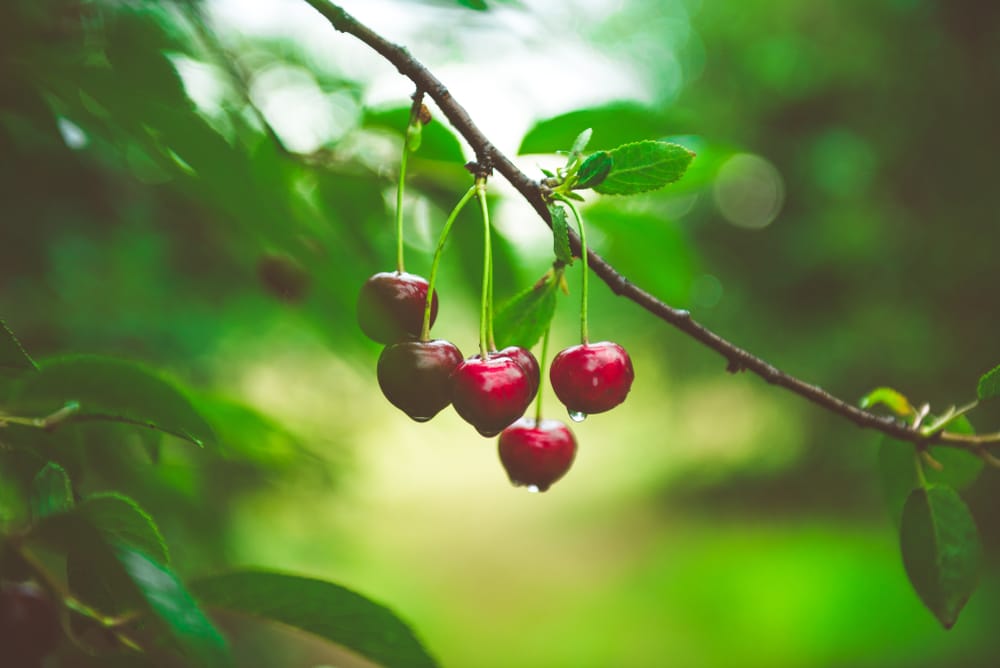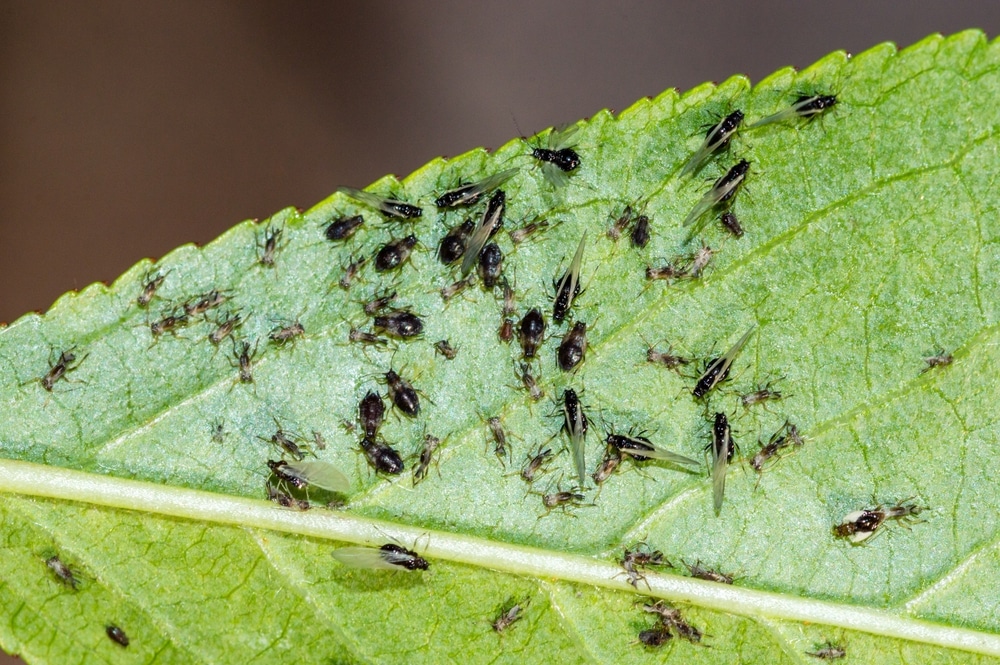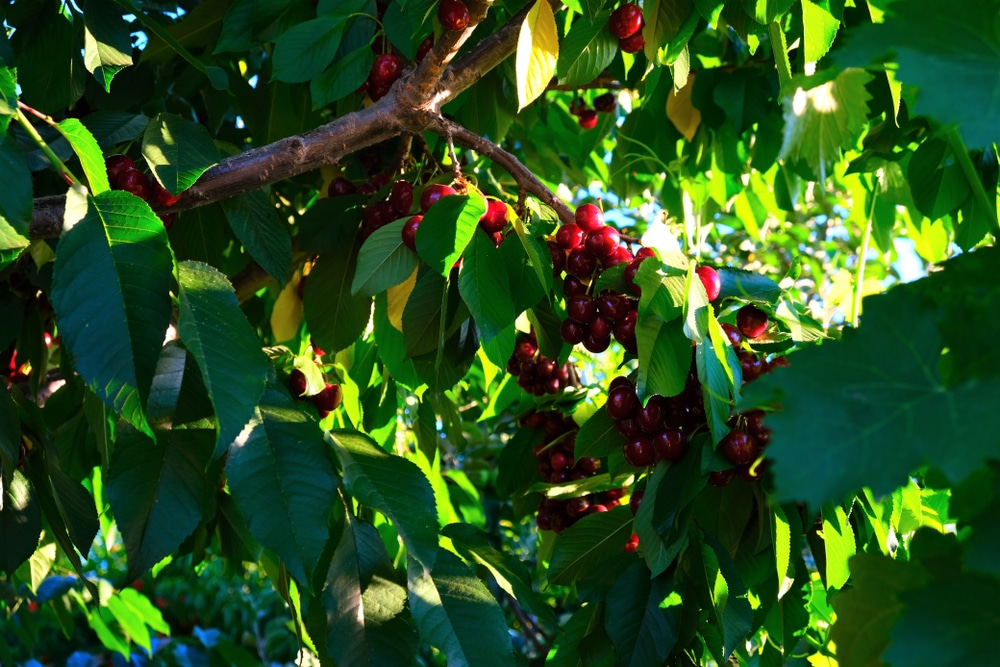Cherry trees are a beautiful addition to any landscape, and their foliage is one of the most recognizable in the world. However, there are hundreds of types of cherry trees, and there’s more to the tree leaves than their looks. The leaves come in various sizes and can be examined to tell gardeners about the tree’s health. Here are some interesting facts about cherry tree leaves!
Cherry tree leaves: interesting facts
Cherry tree foliage come in a wide variety of shapes and sizes. Some species have long, pointed leaves, while others have broader, oval-shaped foliage. The color of the leaves can range from dark green to yellowish-green, depending on the variety. The foliage will change color in the fall and become a coppery color.
The foliage of a cherry tree always has a pointed end and measures between 2.5 and 5 inches long.
The leaves of cherry trees are arranged in an alternate pattern along the stem, meaning they grow out at different intervals rather than all at once. This helps the tree balance its energy and resources more efficiently.
Cherry tree leaves contain a natural chemical called cyanide. This substance can be toxic if too much is eaten, so it’s important to keep small children away from cherry tree leaves.
What do cherry leaves tell us about the tree’s health?
By examining the leaves of a cherry tree, you can determine whether your tree is healthy or lacking in nutrients. The tree’s foliage will also show signs of pests or disease if there are any present.
Here are some issues to look out for:
Witches’ broom fungal disease
This disease causes growths to appear on the branches of the tree, which look like witch’s brooms. The leaves of the tree will become stunted, discolored, and distorted. To solve the problem, you’ll need to prune the affected branches and apply a fungicide. After pruning, it’s important to dispose of the affected branches correctly; the best thing to do is burn them to stop the disease from spreading to other trees.
Cherry leaf spot
Leaf spot disease is caused by a fungus that affects the leaves of cherry trees. The spots are usually circular and will be light brown or gray. To prevent this from occurring, ensure adequate airflow around your tree and keep the foliage dry as much as possible. This can be achieved by pruning your tree regularly to improve the airflow.
Rust
Rust disease is caused by a fungus and can be identified by discolored spots on the leaves of your cherry tree. To treat this issue, prune away any affected branches and apply a fungicide. By keeping an eye on your tree leaves, you can spot any problems early on and take action.
Black cherry aphids
Black cherry aphids are small, black insects that feed on the sap of your tree. You’ll need to use insecticides or natural predators such as ladybugs to get rid of these pests.
Cherry slugs
Cherry slugs are black sawfly larvae that feed on the leaves of cherry trees. To get rid of these pests, you can pick them off by hand or use an insecticide to kill them.
Cherry tree facts
Cherry trees are known for their beautiful pink or white blossoms, which appear in the spring. These blossoms eventually form green sepals, which turn into the familiar red or black cherries in the summertime.
Cherry trees are also popular for their strong, durable, and lightweight wood, making it ideal for furniture and other woodworking projects.
Conclusion
Cherry trees are a beautiful and versatile addition to any garden or landscape, and their leaves provide an interesting array of information about the species. Understanding the foliage can help you spot health problems like fungal infections and pests early on.


